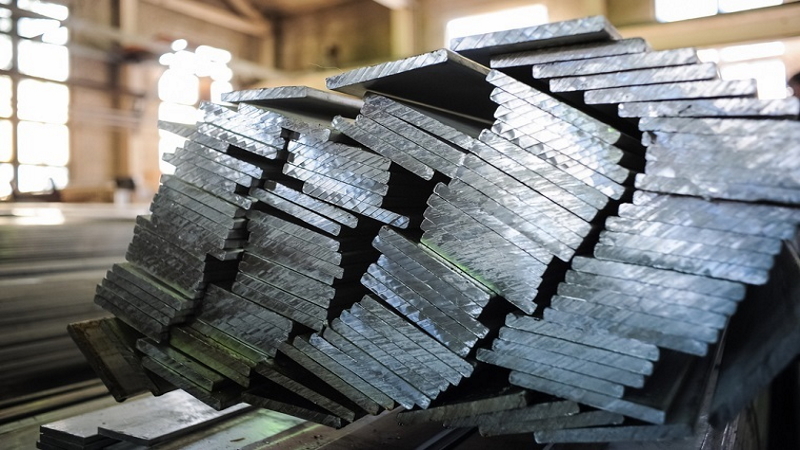Charles Johnson, President and CEO of the Aluminum Association stated in a press release that the aluminum industry is seeing a surge in demand, which is helpful for U.S. manufacturing.
China is far ahead of the U.S. when it comes to aluminum. The U.S. purchases billions of dollars worth of aluminum from China. In 2016, China produced greater than half of the world's alumina (a chemical compound primarily used in making aluminum), while in 2021, the U.S. was the #16 alumina producer in the world.
“The picture for the U.S. aluminum industry remains very strong,” Charles Johnson, president & CEO of the Aluminum Association, said on May 24. “Economic recovery, demand for recyclable and sustainable materials and robust trade enforcement are all making America a very attractive place to make aluminum – as evidenced by the fastest pace of investment for the industry in decades.”

The Chinese government has provided a significant amount of money to the aluminum industry, helping to improve its growth. In the first quarter of 2022, demand for aluminum in the U.S. and Canada ascended to an approximate total of 7 million pounds, a spike from 6.6 million in Q1 2021, according to a press release from the Aluminum Association. The aluminum industry has committed or invested greater than $6.5 billion in U.S. manufacturing over the past ten years, including a $2.5 billion investment by Novelis to build a greenfield low carbon aluminum rolling mill and recycling facility in Bay Minette, AL.
Aluminum is well-liked for its malleability, durability, conductivity, and resistance to corrosion and is widely used for construction, transportation, consumer goods and electrical uses, according to World Population Review. In 2018, the U.S. made 890,000 metric tons of aluminum and imported 5.5 million metric tons. The U.S. spent $3 billion on aluminum imports from China. A new report from the Center for Strategic and International Studies (CSIS) asserted that the Chinese government uses industrial policy money to boost important industries, such as aluminum production, to a much higher level than the U.S. government.
State support for state-owned domestic firms pushed growth in this industry, aiding China in making more than half of the world's alumina by 2016, while in 2021, the U.S. was the number 16 producer of alumina. Industrial policy spending in China takes the form of several different instruments, according to CSIS. The Chinese government prefers direct subsidies to certain firms and below-market credit to state-owned enterprises (SOEs).
China gave an approximate $63 billion in direct subsidies during 2019, mainly to firms in priority sectors, which include software, technology hardware, automobiles, and semiconductors. SOEs enjoy interest rates that are, on average, a minimum of 1% lower than those of private firms, reflecting the CCP's preference for a strong state sector. China gave a minimum of $74 billion in below-market credit to SOEs in 2019.
The report says that dealing effectively with China's state-capitalist system creates an obstacle for American leaders. China spent a sum of at least 1.71 trillion yuan (equivalent to $248 billion) in 2019 on industrial policy. 1.71 trillion yuan was roughly 1.73% of China's GDP in 2019. By comparison, the U.S. government spent $84 billion, or 0.39% of its GDP, on industrial policy in 2019.
The Center for Strategic and International Studies (CSIS) is a nonprofit policy research organization that was established in 1962 and focuses on national security issues.

